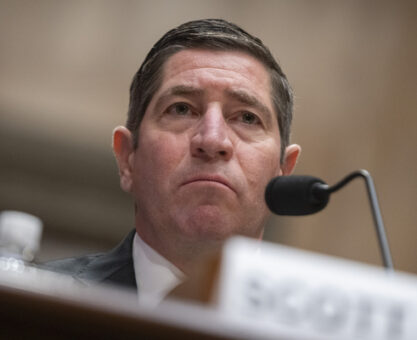The Office of Personnel Management (OPM) has officially replaced the long-standing “rule of three” with the new “rule of many,” marking a significant overhaul in how federal agencies recruit candidates. This shift, enabled by legislation in the 2019 National Defense Authorization Act, aims to modernize federal hiring, increase flexibility, and prioritize merit over rigid processes.
What Changed?
Under the “rule of three,” hiring managers were limited to selecting from just the top three candidates on a ranked eligibility list, a practice tracing back to 1871. However, the “rule of many” allows agencies to consider a broader pool of “top-ranked” candidates determined by one of four methods:
- Cut-off score based on job analysis data
- Cut-off score based on business necessity
- A set number of top-ranked applicants
- A percentage of top-ranked applicants
OPM Director Scott Kupor emphasized that this reform removes outdated constraints and helps agencies hire more capable and diverse talent. The rule, effective on November 7, 2025, applies across both competitive and excepted service hiring. Agencies must be in full compliance with this final rule not later than March 9, 2026.
Why It Matters
The reform gives agencies greater autonomy and flexibility in identifying and selecting applicants who best fit roles based on skills, not just rankings. Managers can stack-rank all top candidates by competency, rather than grouping them into broadly equivalent “category ratings.” OPM will issue updated instructions through a Delegated Examining Operations Handbook.
OPM forecasts that this will enhance hiring efficiency, reduce dependency on direct-hire authorities, and provide a more equitable evaluation system.
Potential Impact on Federal Workers
While efficiency and talent acquisition stand to benefit, the expanded candidate pool could mean stiffer competition, particularly for long-serving employees eyeing promotions late in their careers. Because federal annuities heavily rely on the “high-three” salary average, even a small delay in promotion could translate to significantly lower retirement income over time.
The “rule of many” marks a noteworthy cultural and procedural shift in federal personnel management. By broadening candidate selection and emphasizing skills-based ranking, it aims to create a more dynamic and inclusive federal hiring process. That said, the reform could alter promotion trajectories, and by extension, the financial futures, of career federal workers. Thoughtful planning and awareness will be key as agencies transition to this new system.























